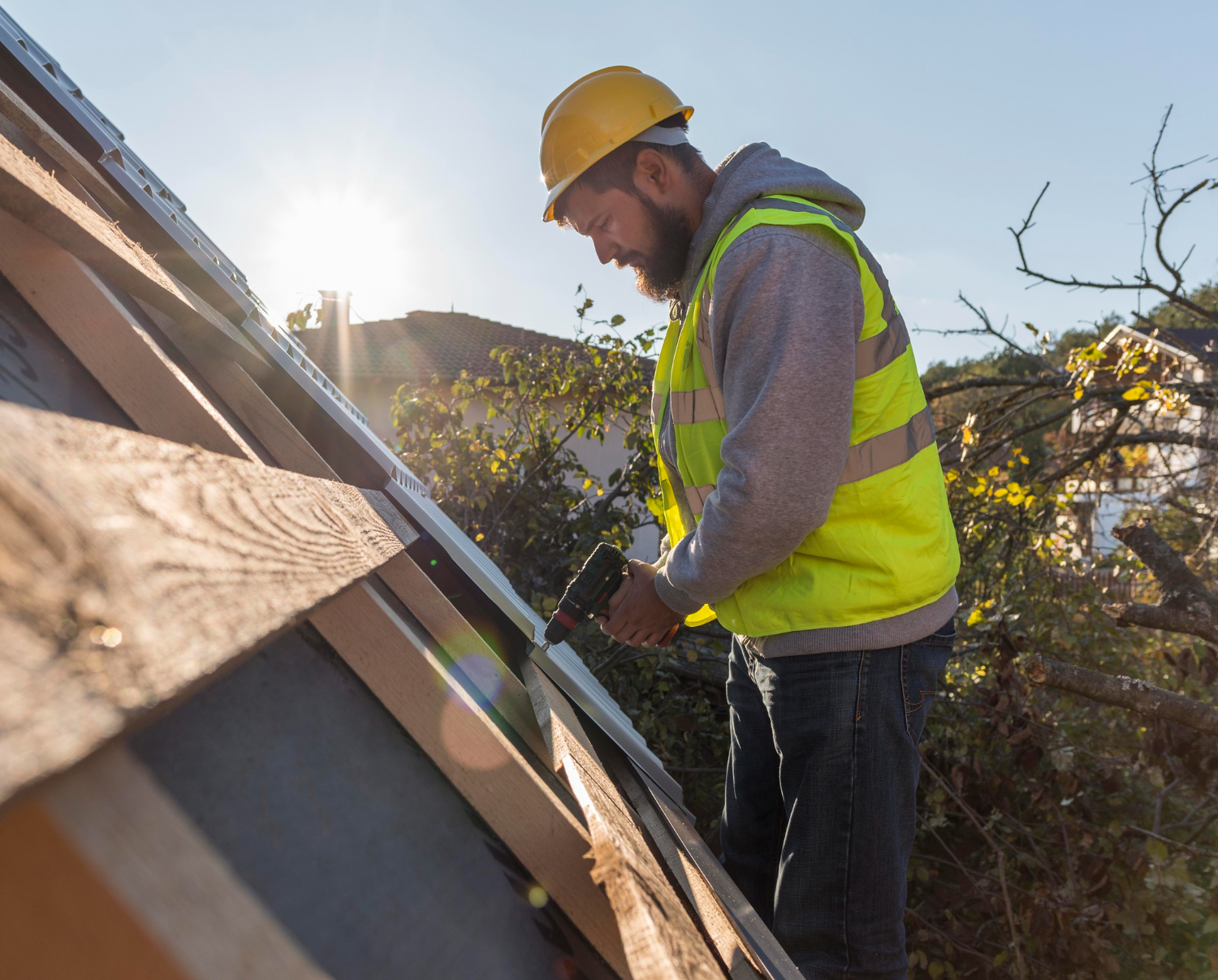Replacing a roof is a significant investment, and like any large project, careful planning is essential to ensure you’re prepared for both the expected and unexpected expenses. For homeowners and contractors in California, budget considerations can vary widely due to the state’s unique climate zones, labor costs, and local regulations. This article will guide you through the key factors to help you create a solid budget for your roof replacement project.
Estimating Labor Costs in California
Labor costs often account for a substantial portion of a roof replacement budget. California’s roofing labor rates are higher than the national average, influenced by stringent labor laws, a higher cost of living, and the demand for skilled roofing contractors. To estimate labor costs, consider the complexity of the project, the size of the roof, and local labor rates in your area. On average, California homeowners can expect to pay between $50–$100 per hour for professional roofing services.
Additionally, if your roof has unique features like steep slopes, multiple layers, or skylights, it may require more time and expertise to replace, further increasing labor costs. To stay on top of your budget, request multiple quotes from reputable roofing contractors and ensure the quotes include detailed breakdowns of labor costs.
Choosing Materials: Asphalt Shingles, Tiles, and Underlayment Options
The materials used in your roof replacement can significantly impact the overall budget. Popular roofing materials in California include asphalt shingles, clay or concrete tiles, and energy-efficient underlayment solutions.
- Asphalt Shingles are a cost-effective and versatile option, with prices ranging from $100–$400 per square. They are lightweight, durable, and available in various styles, making them ideal for residential homes.
- Clay or Concrete Tiles are more expensive, typically costing $300–$1,000 per square, depending on the quality and style. These materials are highly durable and well-suited for California’s warmer regions, as they offer excellent heat resistance and longevity.
- Roofing Underlayment plays a critical role in protecting your roof from water infiltration and providing an extra layer of insulation. Investing in high-performance underlayment, like FoamBond’s innovative products, reduces long-term maintenance costs and enhances your roof’s durability, especially for climates prone to heavy rain or extreme heat.
When selecting materials, prioritize quality and durability, especially given California’s diverse weather conditions and risk of natural disasters such as wildfires and earthquakes.
The Impact of Climate Zones on Roofing Choices and Prices
California’s varied climate zones—from coastal regions to arid deserts and snow-prone mountains—significantly influence roofing choices and how you should allocate your budget.
- Coastal Zones face high humidity, potential for saltwater corrosion, and moderate temperatures. Roofing materials like asphalt shingles or tiles with moisture-resistant properties are ideal.
- Desert Areas experience intense heat, where materials with excellent UV resistance, such as clay tiles and reflective underlayment, are essential.
- Mountain Regions subject to snow and freezing temperatures require materials like reinforced underlayment and shingles designed to withstand heavy loads and ice accumulation.
Understanding your specific climate zone helps you choose materials that optimize performance and minimize future repair costs. Consult a roofing professional for insights tailored to your region.
Permits, Inspections, and Hidden Costs to Prepare For
Roof replacement projects in California require permits and inspections to comply with building codes. Permit fees vary by city or county and can add several hundred dollars to your project. Failing to secure the necessary permits may result in fines or the need to redo work, which can inflate your budget.
Inspections are another critical step, ensuring the roof complies with local safety and zoning regulations. Be prepared for potential hidden costs, such as replacing damaged decking or addressing structural issues discovered during the project. Allocate an additional 10–20% of your budget to cover unexpected expenses, so you’re not caught off guard.
Tips for Working with a Contractor to Stay Within Budget
Collaborating with a trustworthy contractor is key to a successful and cost-effective roof replacement. Here are some tips to ensure the project remains on budget:
- Get Detailed Estimates – Ask for written estimates with itemized costs for labor, materials, permits, and any additional expenses.
- Discuss Payment Terms – Agree on a clear payment schedule to avoid surprises. Many contractors require a deposit upfront, with the remainder due upon project completion.
- Communicate Clearly – Regular communication throughout the project ensures alignment on expectations and budget constraints. Proactively address any changes or concerns that arise.
- Verify References and Credentials – Choose contractors with a strong reputation, appropriate licenses, and insurance to ensure professionalism and reduce risks.
Protect Your Roof with Confidence — Choose FoamBond
When it comes to roofing underlayment, durability and performance matter. At FoamBond, we provide high-quality, energy-efficient solutions designed to withstand California’s diverse climate conditions. Whether you’re a contractor or a homeowner, our products are engineered to protect what matters most — your home, your investment, and your peace of mind.
Contact us today at 866-404-5440 or email us at office@foambond.com to learn how FoamBond can support your next roofing project with industry-leading innovation and reliability.







